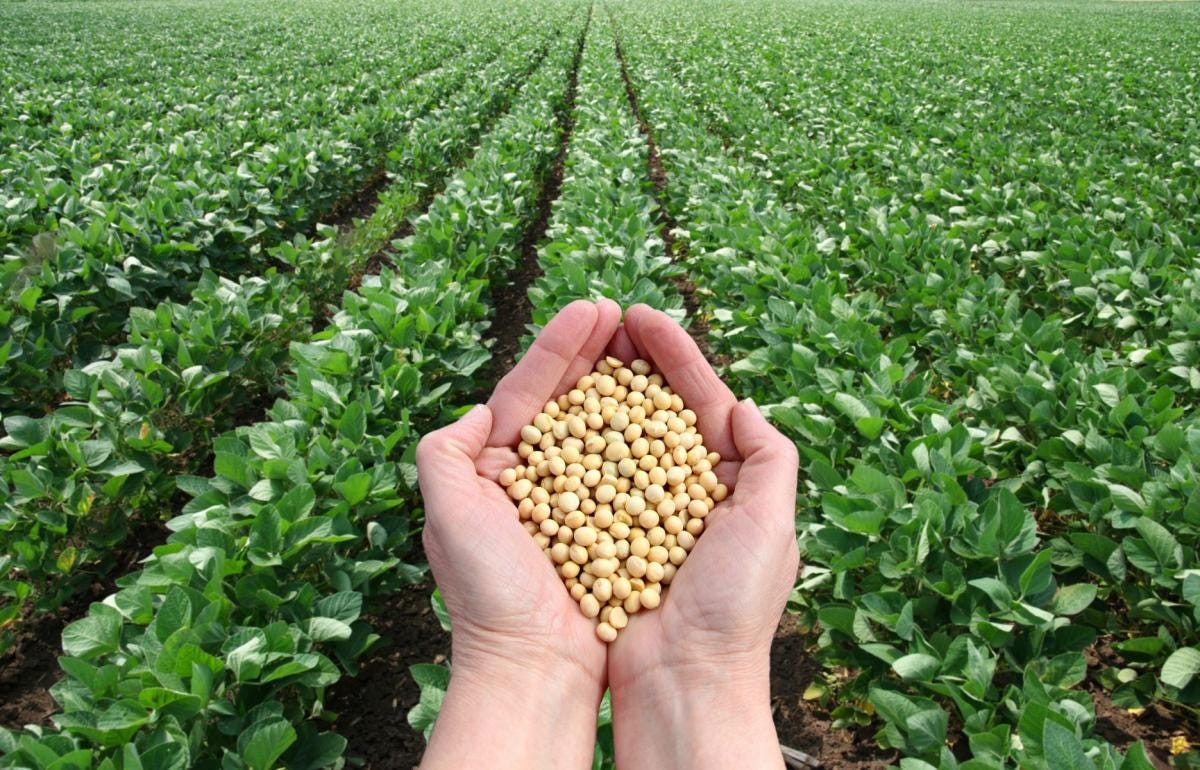Green Skies Ahead? What You Should Know About Sustainable Aviation Fuel
Is the least sustainable mode of transportation about to get a makeover?
Air travel has long held the dubious honor of being one of the most carbon-intensive ways to get from point A to point B. Especially compared with buses, trains, or even carpooling, flying racks up emissions at an alarming rate. Short-haul flights, in particular, are among the most environmentally damaging due to the intense fuel burn during takeoff and landing.
To put that into perspective: flying emits significantly more CO₂ per kilometer traveled than trains or cars. In fact, swapping a short domestic flight in France for a Eurostar train journey can reduce your carbon footprint by up to 97%1.
Aviation is responsible for around 2.4% of global CO₂ emissions. But when you add in other greenhouse gases and the water vapor trails produced at high altitudes, known as contrails, that figure climbs to around 5% of total global warming2. That’s a hefty contribution for an industry serving just a slice of the global population.
Airlines Are Feeling the Pressure
As public concern over climate change grows, airlines are under increasing pressure to reduce their environmental impact. In response, the industry has committed to reaching net-zero carbon emissions by 2050, a goal formalized by the International Air Transport Association in 2021 and aligned with the Paris Agreement3.
To meet this target, airlines are cutting waste, improving efficiency, and investing in cleaner technologies. Delta Airlines, for example, recently partnered with JetZero to develop blended-wing aircraft that could be up to 50% more fuel-efficient than current models4.
Governments are stepping in too. The European Commission has introduced a new Flight Emissions Label, set to roll out by July 2025, which will help travelers better understand and compare the environmental impact of their flights5.
While progress is still in its early stages, it's clear that the aviation industry is beginning to take sustainability more seriously. One of the important developments in this effort is the rise of sustainable aviation fuel.
So, What Exactly is Sustainable Aviation Fuel?
Sustainable Aviation Fuel (SAF) is a cleaner alternative to traditional jet fuel. Unlike fossil-based jet fuel, SAF is made from renewable sources such as agricultural waste, used cooking oil, Algae, forestry residue, non-food crops, and more6. In some cases, even captured carbon and municipal solid waste are being used in experimental SAF production.
First tested in 2008 and approved for commercial use in 2011, SAF has come a long way7. Today, it can be blended at levels ranging from 10% to 50% with traditional jet fuel, depending on the type and method of production. Crucially, SAF is considered a “drop-in” fuel, meaning that it can be used in existing aircraft and fueling infrastructure without requiring any modifications.
And the main selling point of sustainable aviation fuels? SAF can reduce lifecycle CO₂ emissions by up to 80% compared to conventional jet fuel. That’s a big deal.
Big Players Are Jumping In
Adoption is still slow. Currently, SAF accounts for less than 1% of total aviation fuel use globally, but momentum is building. In a major step, FedEx recently purchased 3 million gallons of SAF to power flights out of Los Angeles International Airport (LAX), marking one of the largest U.S. SAF purchases to date8.
Governments, too, are beginning to offer incentives and mandates. The U.S., for instance, included SAF credits in its Inflation Reduction Act9. The EU has SAF quotas in place for airlines operating within the bloc10. These policies are helping to drive down costs and increase supply.
Okay, But Is SAF Really Sustainable?
It’s a complicated question (like many things in sustainability). On the surface, SAF appears to be a miracle solution: fewer emissions, renewable inputs, and seamless integration with today’s infrastructure. But when you dig deeper, the picture becomes more complex.
Some SAF is made using biofuels derived from crops like corn or soybeans. Growing these crops requires vast amounts of land, water, and fertilizers. If forests or grasslands are cleared to make way for these energy crops—a process called direct land use change (DLUC)—some studies have shown it can actually increase greenhouse gas emissions in the short term11. In other words, the source of the feedstock and the methods used to grow and process it matter enormously.
That’s why experts stress the importance of second-generation biofuels, which are made from non-food biomass or waste products. These offer a much lower risk of negative land-use impacts and generally deliver better carbon savings.
Another critical factor is scale. Even with optimistic forecasts, SAF won’t completely replace conventional jet fuel for decades. That means the aviation industry must use SAF in tandem with other strategies like improved aircraft design, optimized flight paths, and reduced demand for short flights.
What Should You Do as a Traveler?
While the aviation industry slowly charts a path toward sustainability, you don’t have to wait around to reduce your travel footprint. Here are some practical steps you can take now:
Choose trains or buses over planes, especially for short-haul travel. It can cut your emissions by 80% or more.
Fly economy class. it’s significantly more efficient per passenger than business or first class.
Opt for direct flights, which burn less fuel than itineraries with layovers.
Pack light. Less weight means less fuel burned.
Support airlines leading the charge on sustainability. Look for those investing in SAF, fuel-efficient aircraft, and transparent carbon reporting.
Offset your carbon footprint, but do your homework. Not all carbon offsets are created equal. Choose certified providers with verified, measurable impact.
The Bottom Line
Sustainable Aviation Fuel is one promising tool we have for decarbonizing the skies. It isn’t a silver bullet, but it’s a meaningful step in the right direction, especially when paired with systemic innovation, smart regulation, and mindful consumer choices.
Flying will most likely never be as sustainable as hopping on a train or riding your bike. But with SAF and a growing suite of clean technologies, the future of aviation doesn’t have to be sky-high in emissions.
This Week in Sustainability is a weekly email from Brightest (and friends) about sustainability and climate strategy. If you’ve enjoyed this piece, please consider forwarding it to a friend or teammate. If you’re reading it for the first time, we hope you enjoyed it enough to consider subscribing. If we can be helpful to you or your organization’s sustainability journey, please be in touch.











